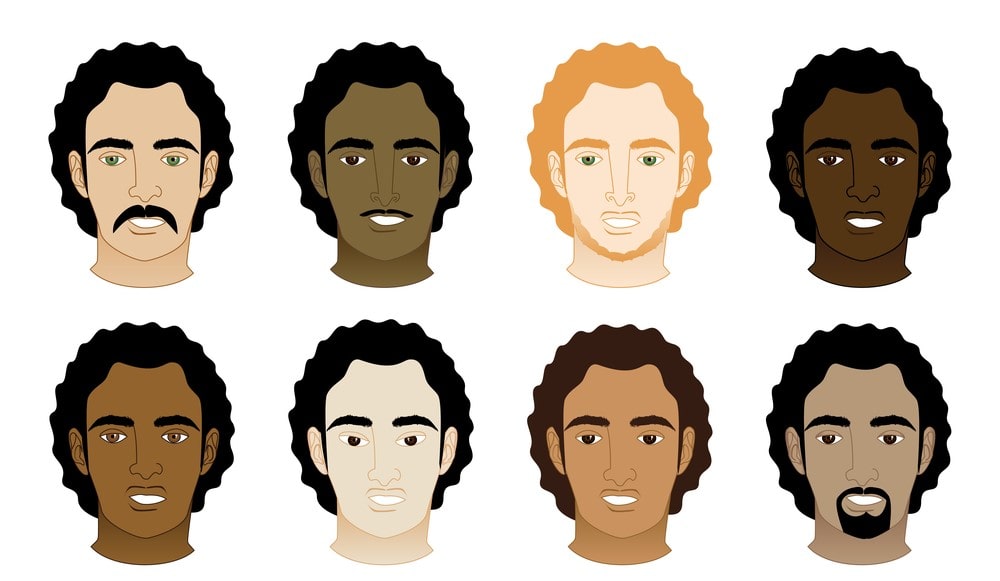Tria hair removal laser is a noninvasive treatment that uses highly concentrated light to penetrate hair follicles and inhibit hair growth.The Tria comes in 2 models, Tria Laser 4X and Tria Laser Precision. The Tria laser handpiece is directed at the area being treated and emits a beam of highly focused light that is absorbed by the pigment (melanin) in the hair. The light energy is converted to heat and damages the tube-shaped sacs within the skin (hair follicles) that produce hairs. This damage inhibits or delays future hair growth.



